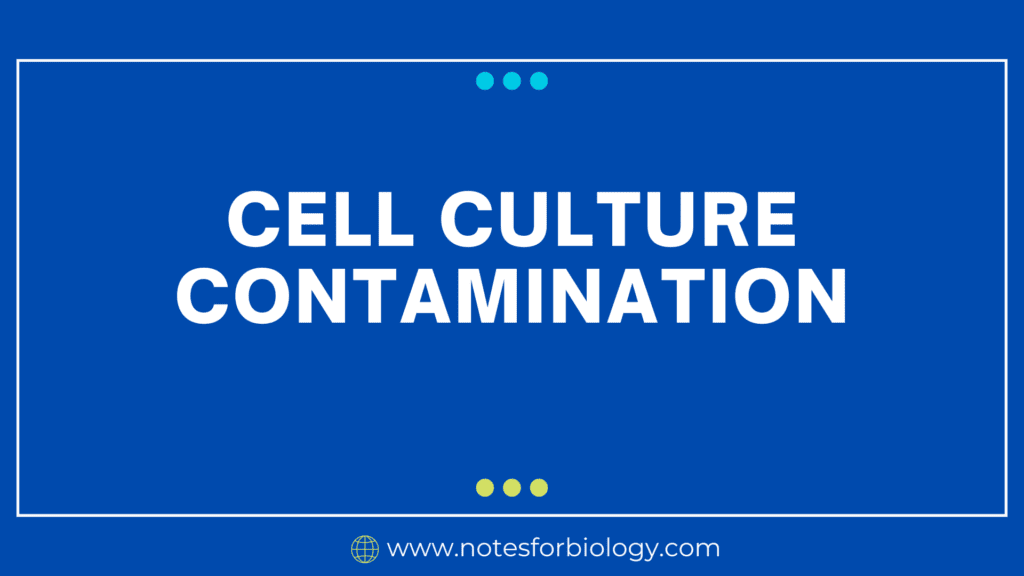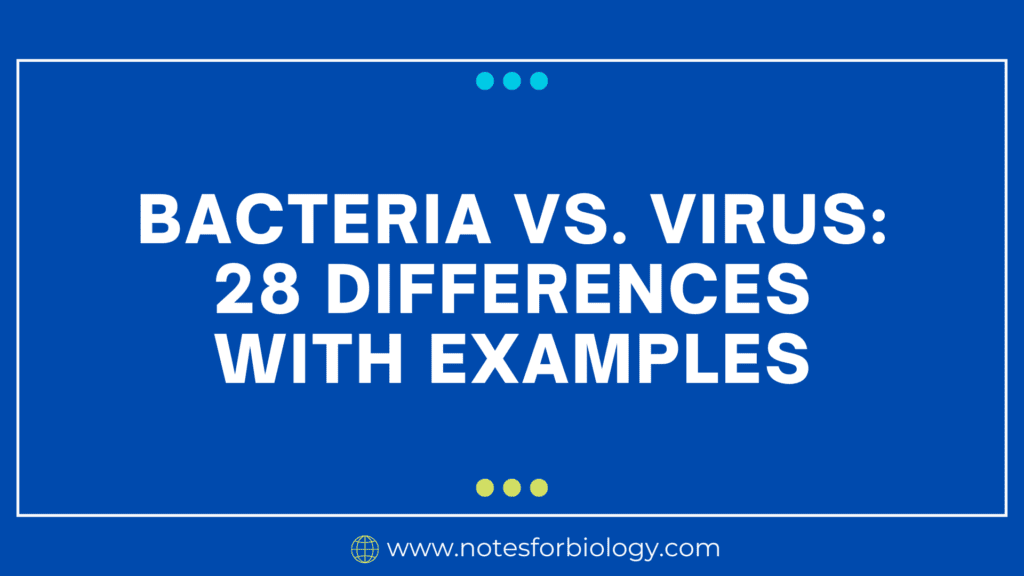What is Cell culture?
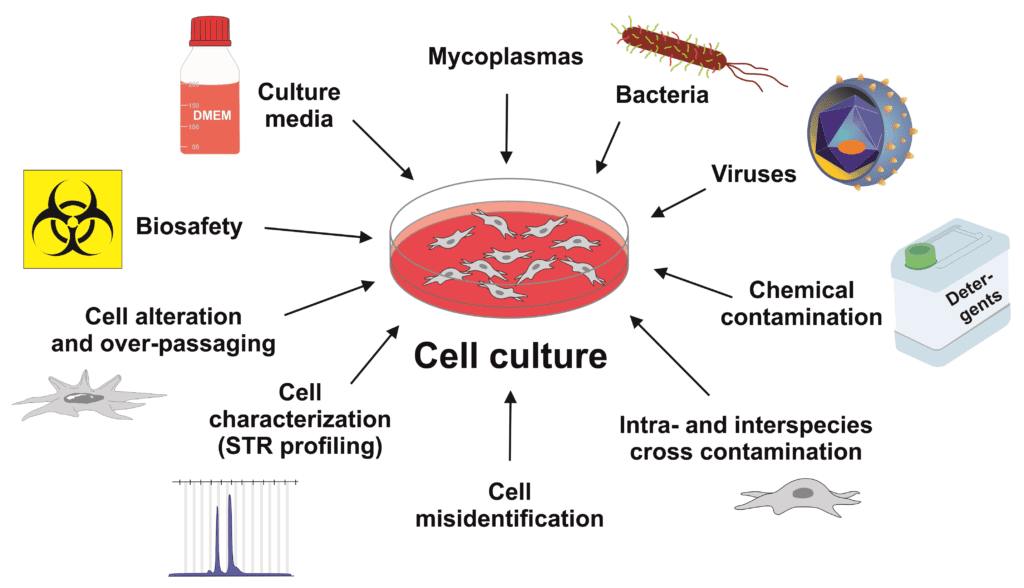
In biology and medicine, cell culture is a potent technique that allows cells to be grown in a controlled environment apart from their native live organism. This makes it possible for researchers to study cells in a way that is not feasible inside a living body—that is, how they operate and react to various stimuli.
Table of Contents
What is Cell culture contamination ?
Scientists and researchers are very concerned about cell culture contamination since it can seriously compromise the validity and repeatability of studies. A number of organisms, including bacteria, fungus, viruses, and Mycoplasma, can cause contamination.
Bacteria
In C. culture, bacterial contamination is a frequent and annoying problem. It can happen at any point during the cell culture procedure, from handling the cells to preparing the media initially. Due to their speedy growth and varied metabolic requirements, bacteria can easily outcompete cultivated cells, which can change the outcomes of experiments, reduce the health of the cells, or even cause the cell line to completely disappear.
Numerous methods, such as tainted chemicals, contaminated equipment, inadequate aseptic procedures, or even the air, might introduce these pollutants. A bad smell, turbidity in the culture media, pH variations, and the development of visible bacterial colonies are frequently used to identify the presence of bacteria.
Fungi
Fungal contamination poses a serious problem for cell culture operations, frequently resulting in impaired results and resource waste. These commonplace organisms are most suited for reproduction in moist, nutrient-rich settings, such as cell culture incubators. A variety of symptoms can indicate fungal contamination, such as the development of fuzzy, white, or colored growths on the media used for cell culture as well as minute hyphae and spores that are visible under a microscope.
Reliable experimental findings, changed behavior in cells, and cell death are frequently the results of contamination. Toxins released by fungi can also affect the viability and functionality of cells, endangering research even more. In order to prevent and reduce fungal contamination in cell culture, it is essential to use aseptic technique, sterile reagents, and routine monitoring.
Mycoplasma
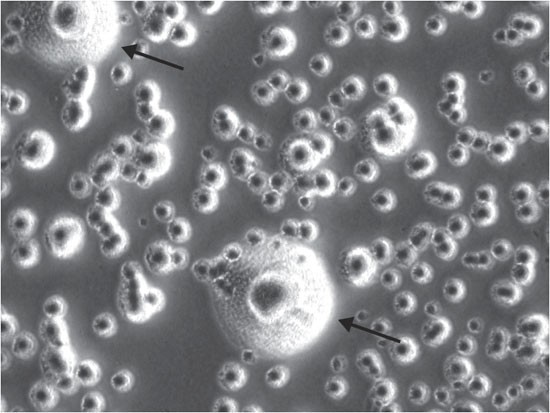
Mycoplasma contamination poses a serious risk to studies using cell cultures. These microscopic, wall-less bacteria can stealthily contaminate cell lines, causing a variety of harmful outcomes. They may change the metabolism, growth rate, and shape of cells, which could affect the outcome of an experiment. Additionally, downstream uses including drug screening, antibody synthesis, and protein expression may be impacted by mycoplasma contamination.
Even though this sneaky contaminant is hard to see with the human eye, it can be identified with the use of sophisticated staining techniques and PCR-based approaches. To ensure the integrity and dependability of cell culture research, mycoplasma infection must be avoided by regular testing and stringent aseptic procedures.
Viruses
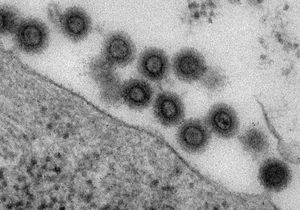
In cell culture, viral contamination is a serious problem since it can taint study findings, waste money, and potentially endanger human safety. Numerous sources, such as tainted reagents, infected cells, or even the researchers themselves, can introduce viruses into cell cultures.
A virus can spread quickly to other cells and possibly contaminate entire stocks once it has established itself in a culture. Research may suffer greatly as a result, since infected cells may show changed phenotypes, yield erroneous data, and even turn dangerous to handle.
Cross – contamination
Cross-contamination in C. culture is a severe problem that can result in time and resource waste as well as erroneous experimental outcomes. It happens when cells from different cultures get into contact with one another or through the use of tainted tools, materials, or chemicals. This may occur in a number of ways:
- Direct contact
- Contaminated media
- Contaminated reagents
- Contaminated equipment’s
Conclusion
Contamination of C. cultures is a serious problem that can negatively impact clinical and research uses. Contamination can be successfully avoided by following stringent aseptic procedures, keeping a clean and sterile environment, and putting regular monitoring and quality control mechanisms in place.
To reduce the effects of contamination, early diagnosis and suitable mitigation techniques are essential. Ensuring the quality and dependability of C. culture research requires unwavering attention to detail and a dedication to optimal methodologies.
Frequently Asked Questions(FAQ)
Write about Bacteria in C. culture contamination?
In C. culture, bacterial contamination is a frequent and annoying problem. It can happen at any point during the cell culture procedure, from handling the cells to preparing the media initially. Due to their speedy growth and varied metabolic requirements, bacteria can easily outcompete cultivated cells, which can change the outcomes of experiments, reduce the health of the cells, or even cause the cell line to completely disappear.
What is Cell culture?
In biology and medicine, C .culture is a potent technique that allows cells to be grown in a controlled environment apart from their native live organism. This makes it possible for researchers to study cells in a way that is not feasible inside a living body—that is, how they operate and react to various stimuli.
Related Articles

